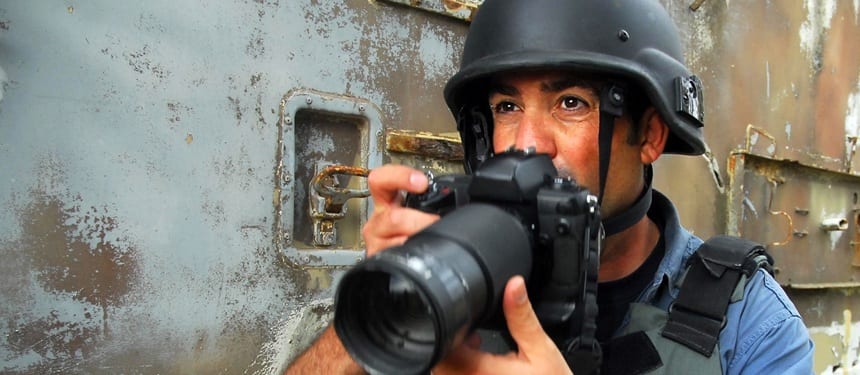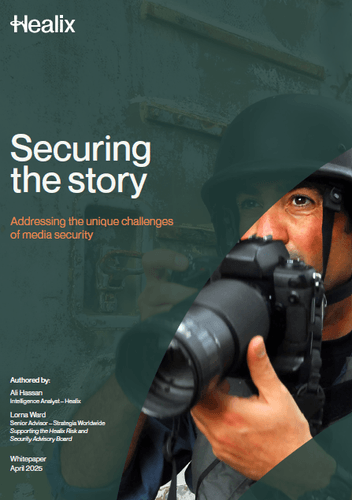Shaping security roles to fit the realities of frontline journalism

Protecting journalists and on-the-ground media teams requires more than protocols. It demands a deeper understanding of how reporting works under pressure.
In many media organisations, security planning still borrows heavily from the frameworks of other high-risk sectors. Procedures are frequently drawn from military or corporate templates. Contractors are often taken on trust. And editorial teams are, at times, brought into the conversation too late, if at all.
This approach may offer structure, but it rarely reflects the realities of field journalism. The demands of today’s reporting – rapid deployments, small teams, unpredictable or unwelcoming environments – can expose the limits of traditional thinking.
Bridging the gap between caution and curiosity
Security professionals are trained to mitigate risk through structure, foresight and control. Journalists, by contrast, are wired for agility. Their work thrives on fast decisions, instinct and immediacy. In the field, that divergence can create friction, and in some cases, serious blind spots.
However, resolving this isn’t just about coordination. Real progress depends on both sides understanding (and respecting) each other’s priorities. Security teams must appreciate the pace and pressure of live reporting. Journalists, in turn, need to recognise the importance of sound risk planning. When that mutual respect is in place, decision-making becomes sharper – not only in moments of crisis, but throughout the deployment.
Soft skills also play a key role. Communication, adaptability and emotional intelligence are often more valuable than tactical credentials. Yet these attributes are undervalued in many hiring decisions, particularly when third-party High-Risk Advisors (HRAs) are brought in under time pressure.
Too often, HRAs are recruited based on word of mouth or cursory CV checks. Their suitability may only become apparent when a team is already deployed, by which time, the risks are no longer theoretical.
The absence of shared industry standards compounds the problem
Unlike many other sectors that operate in hostile environments, the media lacks a consistent benchmark for what effective security looks like. The result is that practices can vary widely. Some are rigorous and well-honed, others are improvised or outdated.
This lack of consistency makes it difficult to learn from mistakes or to scale good practice. Valuable insights can stay siloed, and opportunities to improve are therefore missed. And perhaps most importantly, trust between security and editorial functions can suffer.
The answer isn’t rigid rules, but the right framework to support more meaningful collaboration
When journalists and security professionals have the opportunity to build relationships in lower-pressure settings – whether through training, shared briefings or informal exchanges – it fosters a more joined-up approach to safety. Risks are understood in context. Security measures are seen as enabling, not obstructive.
This is where dedicated forums for media security professionals can play a vital role. Peer-to-peer learning, space to share challenges, and more open dialogue between functions would all help to raise standards across the board.
Add in access to high-quality, location-specific intelligence, and teams are far better equipped to anticipate threats, adjust plans, and continue reporting with confidence.
Security should never be about slowing journalists down. At its best, it enables them to do their job safely, effectively and without unnecessary compromise. But that depends on trust, understanding and the ability to adapt together. Listening, not directing, is where that begins.





